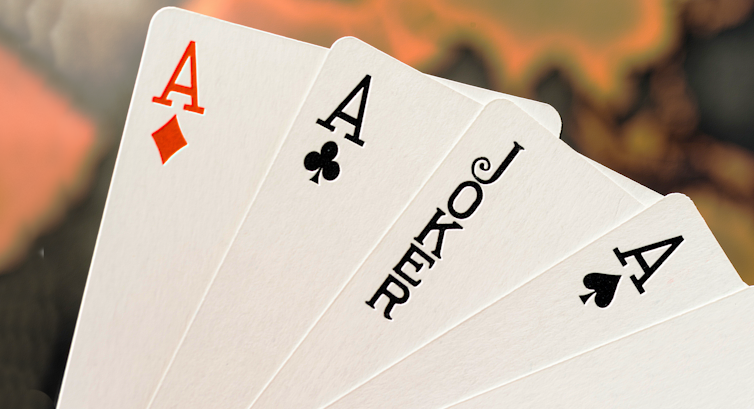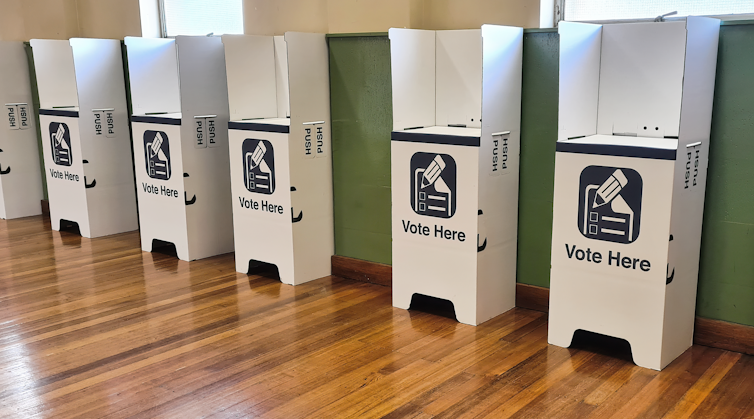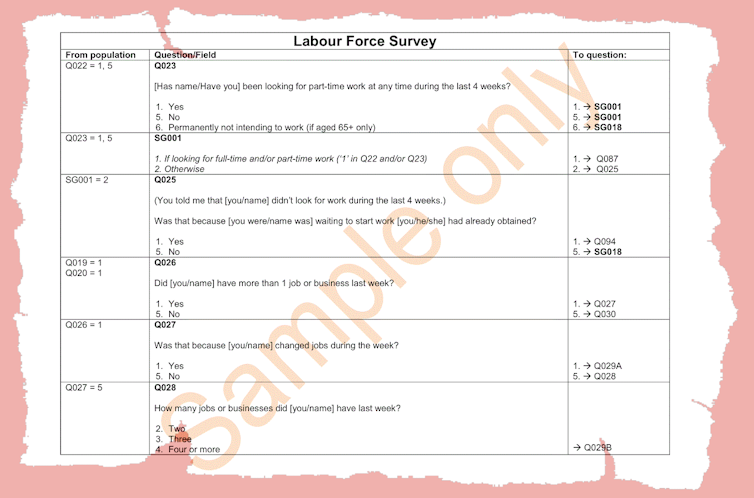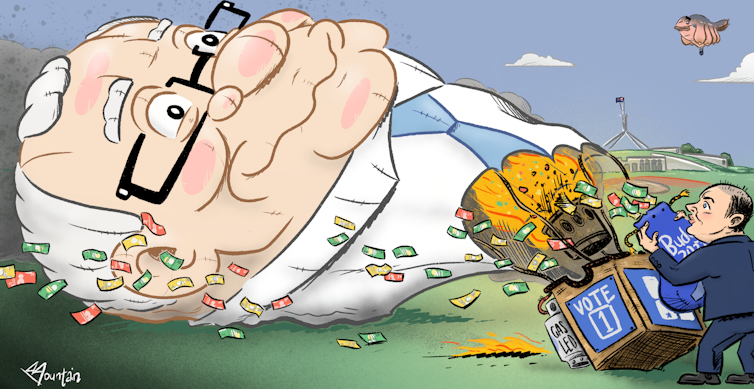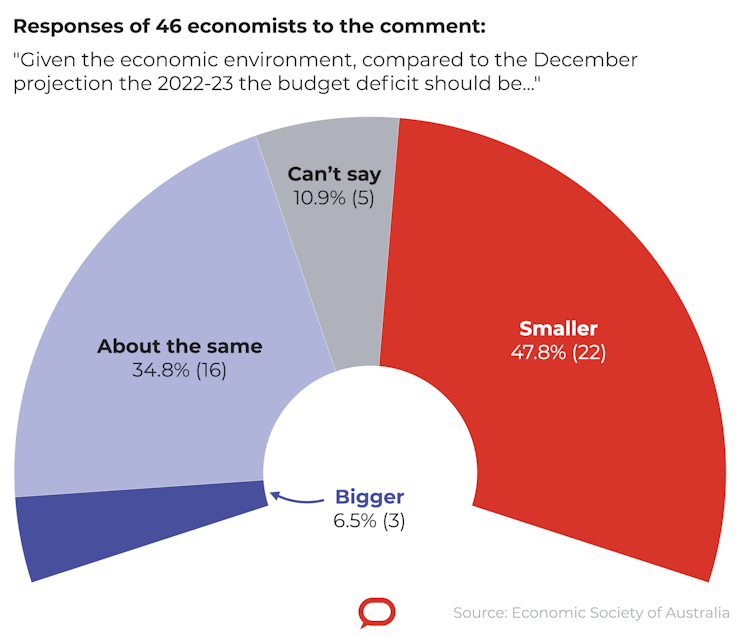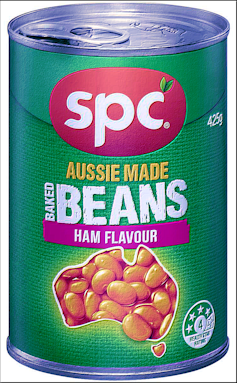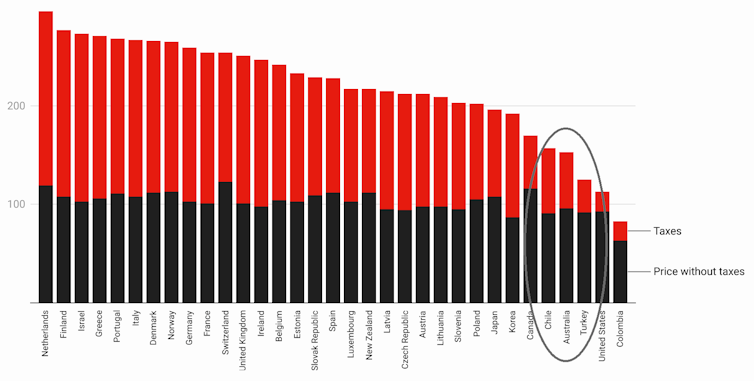The Reserve Bank is pushing up interest rates to take money out of our hands.
The first increase in the current round will add about A$65 a month to the cost of paying off a $500,000 mortgage.
The second will add a bit more. If, as the bank’s forecasts assume, there are another four such increases this year, that’s a further $275 a month, and so on.
The point, in the words of the Reserve Bank Governor Philip Lowe, is to “slow the economy, to get things back onto an even keel”.
In a helpful video, the Governor explains that rate rises take money out of mortgagee’s hands directly, make it harder to borrow, make people “feel less happy”, and hit the prices of houses and other assets so people “don’t feel as confident and they don’t spend as much”.
Which is fair enough, if the Governor decides that’s what’s needed.
So why on earth are we scheduled to do the opposite?
As the RBA takes, the government will give
From mid-2024 the government will put an awful lot of money in to people’s hands. Stage 3 of the income tax cuts will cost $15.7 billion in its first year.
By way of comparison, that’s almost as much as the $16.3 billion will be spent on the Pharmaceutical Benefits Scheme that year, and more than the $10.5 billion that will be spent on higher education.
That it is mistimed ought not be a surprise. Stage 3 was legislated in 2018.
The treasurer at the time, back in the year Grant Denyer won the Gold Logie, was Scott Morrison, who said he was legislating Stages 1, 2 and 3 of the tax cuts all at once (and Stage 3 six years ahead of time) in order to provide “certainty”.
A tax switch settled years ahead of time
So uncertain was the treasury about the future back then that it only forecast the economy two years ahead, and produced less reliable and more mechanical “projections” for the following two years, neither of which extended to 2024.
At the time the Reserve Bank had been cutting interest rates (12 times in a row), at the time inflation was 1.9%. It looked as if the economy could do with a bit of a boost, albeit a boost which wouldn’t be delivered for six years.
In saying that things have changed, it’s fair to also acknowledge that things might change back again. We can’t be sure what will be needed in 2024, although we can be a good deal more sure than we were back then.
Backed by Labor
The Stage 3 tax cuts were opposed by Labor at first, but are now backed by Labor treasury spokesman Jim Chalmers after “weighing up a whole range of considerations”.
They are overwhelmingly directed at high earners.
Of the $184.2 billion the parliamentary budget office believes Stage 3 will cost in its first seven years, $137.9 billion is directed to Australians on $120,000 or more.
Part of Stage 3, the part that cuts the rate applying to incomes over $45,000 from 32.5 cents in the dollar to 30 cents, will benefit most taxpayers.
The bigger part extends that low rate all the way up to $200,000, abolishing an entire rung of the tax ladder paid by the highest earners.
For those very high earners, the part of their income that was taxed at 37 cents will be taxed at 30, as will part of the rest that was taxed at 45 cents.
A politician, on a base salary of $211,250, will get a tax cut of $9,075. A registered nurse on $72,235 will get a tax cut of $681 according to calculations prepared by the Australia Institute.
More broadly, a typical middle earner can expect $250 a year, whereas a typical earner in the top fifth can expect $4,230 according to a separate analysis by the parliamentary budget office.
The fate of the middle earner will be made worse by the loss of the $1,000+ middle income tax offset which wasn’t extended in this year’s budget, sending the middle earner backwards.
The typical female earner will go backwards too after the loss of the offset, getting half as much as the typical (higher earning) male, according to the budget office.
A tax switch that’ll send some backwards
The logic is (or was) that middle and higher earners would need big tax cuts to compensate them for bracket creep (which is wage rises pushing them into higher tax brackets), though there’s been a lot less of that than expected.
Were it not for the fact that Labor supports and will implement it, Stage 3 would provide a stark contrast with Labor leader Anthony Albanese’s approach unveiled on Tuesday of asking the Fair Work Commission to lift the minimum wage to compensate for inflation.
Such an increase would go to low wage earners first, and flow through more slowly to award wages. It would give the greatest help to those who needed it the most when they needed it, rather than years in the future when things might be quite different.
Peter Martin, Visiting Fellow, Crawford School of Public Policy, Australian National University
This article is republished from The Conversation under a Creative Commons license. Read the original article.
